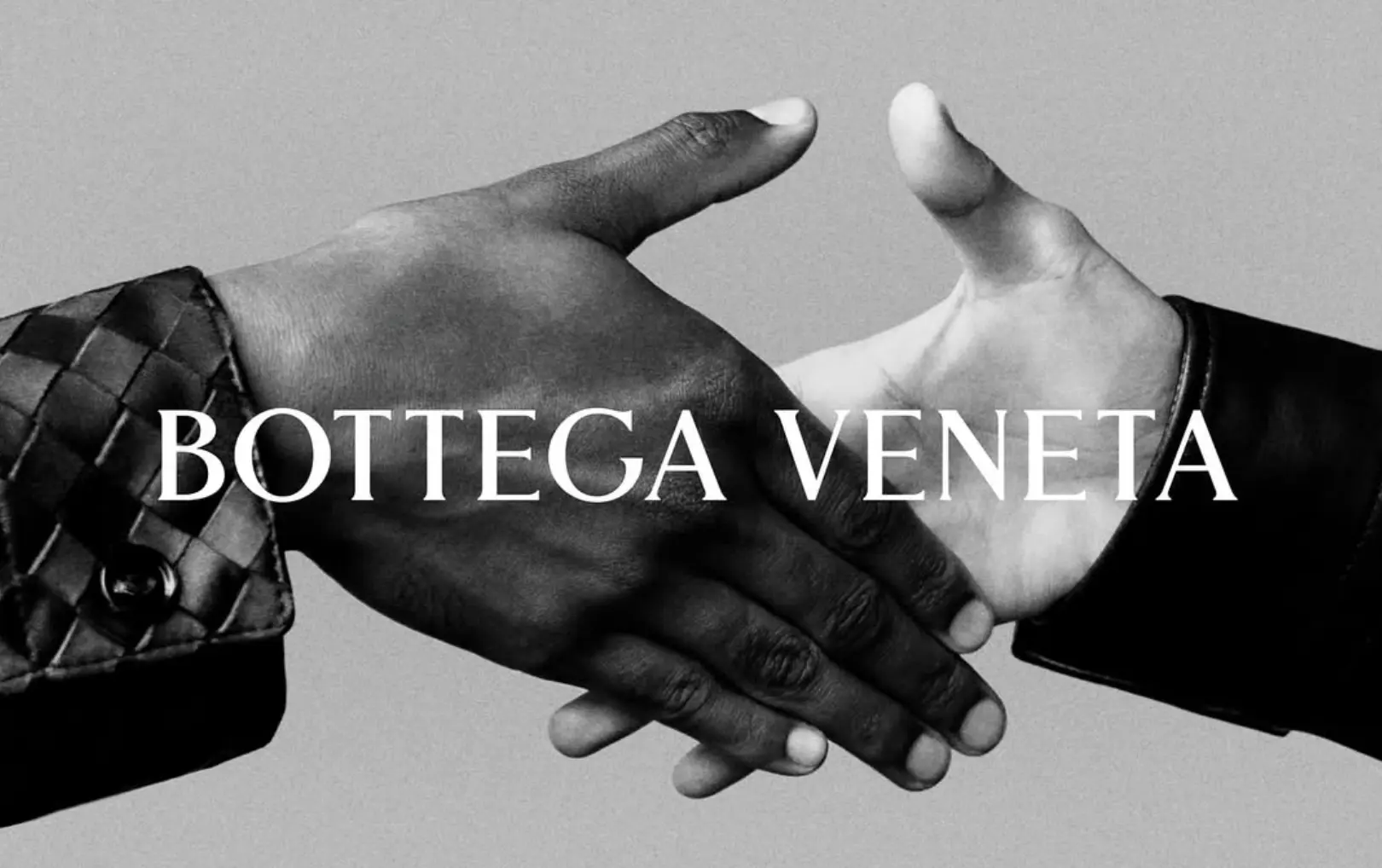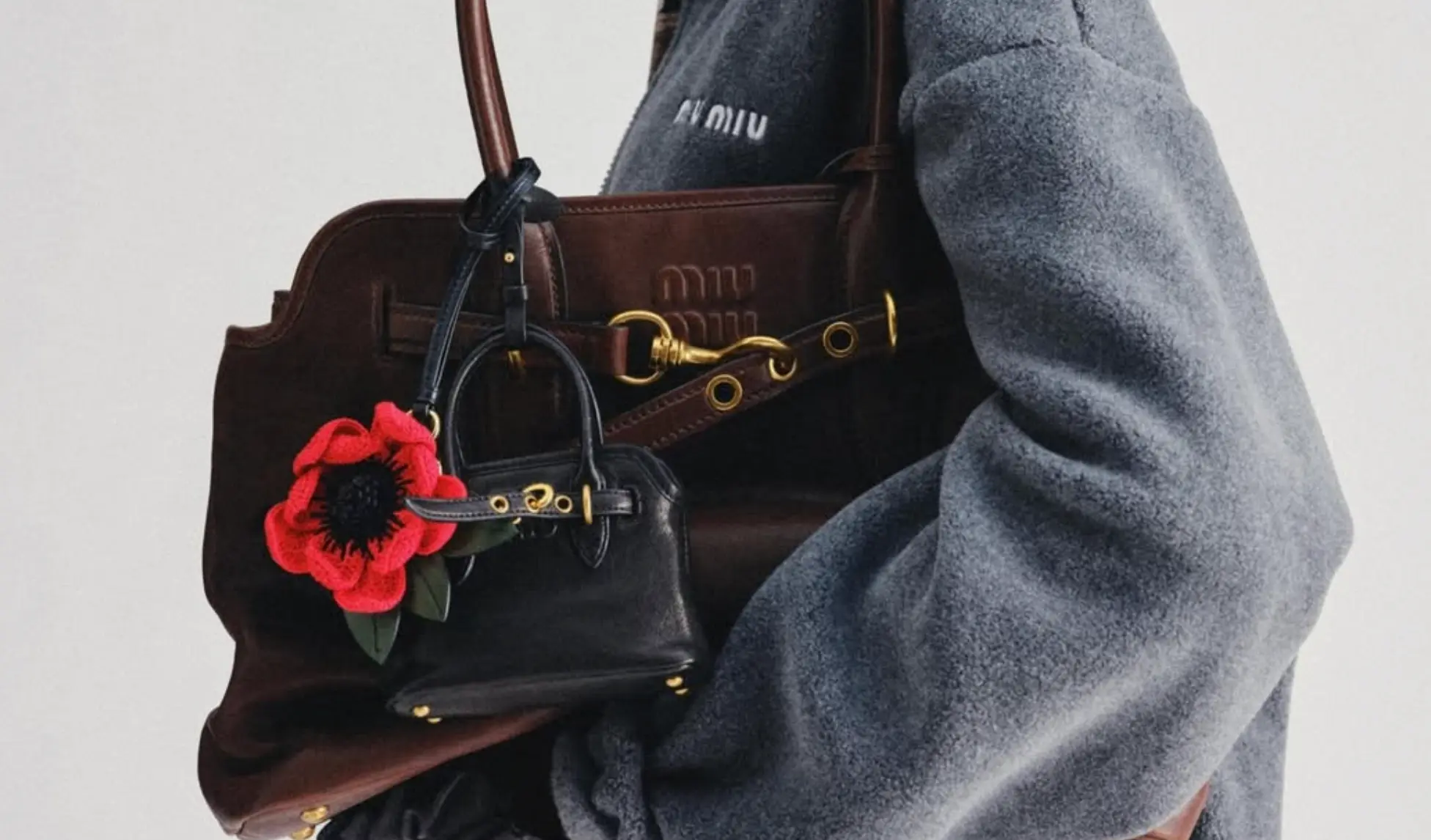B2B vs. B2C Paid Ads in 2025: CPC, CPA & ROAS Benchmarks Explained
Updated on
Published on

The digital advertising landscape in 2025 is more divided than ever between B2B vs. B2C paid ads. Marketers are facing a rapidly evolving environment shaped by automation, privacy changes, and rising acquisition costs. What hasn’t changed, however, is the need for precision. To stay competitive, advertisers must understand how performance benchmarks like CPC, CPA, and ROAS differ between business models.
While B2C brands focus on high-volume, emotion-driven campaigns designed for quick conversions, B2B marketers operate in a more complex environment—targeting narrower audiences, nurturing longer sales cycles, and often dealing with higher-value transactions. This article explores the most current 2025 advertising benchmarks, offering a side-by-side analysis of key paid ad metrics across both segments.
CPC in 2025: What Clicks Are Costing You
In 2025, cost-per-click (CPC) continues to be a critical metric for evaluating ad efficiency. The gap between B2B and B2C CPCs remains significant. B2B advertisers are paying more per click due to competition on niche keywords and the premium placed on high-value leads. On average, B2B search ads cost $3.80 per click, while social CPCs are closer to $1.85. By contrast, B2C campaigns enjoy lower rates, averaging $1.70 on search and $0.95 on social platforms.
The difference comes down to audience size and intent. B2C advertisers benefit from scale and visual storytelling, especially on platforms like TikTok and Instagram. B2B paid ads often focus on bottom-funnel intent, making each click more expensive—but also more valuable when qualified correctly.
CPA in 2025: What It Takes to Convert
Cost-per-acquisition (CPA) shows the true cost of turning attention into action. In 2025, B2B brands continue to see higher CPAs than their B2C counterparts. Search-based B2B campaigns average over $100 per acquisition, while social channels come in at around $89. Meanwhile, B2C CPA benchmarks remain relatively stable—averaging $38 on search and just $22 on social.
The disparity reflects fundamental differences in the buyer journey. B2C advertising thrives on speed, emotional triggers, and direct response mechanisms. B2B paid ads, on the other hand, must account for multiple stakeholders, lead nurturing, and extended consideration periods. The payoff, however, is often higher contract values and long-term customer relationships.

ROAS in 2025: Return on Every Dollar Spent
Return on ad spend (ROAS) is the ultimate performance metric in 2025. B2C advertisers are achieving faster and higher returns, with ROAS averaging 4.7x across platforms. B2B campaigns take longer to yield results, but they maintain strong long-term profitability, with an average ROAS of 3.5x.
In the B2C space, platforms like Meta and TikTok drive quick returns with optimized product ads and influencer UGC. B2B marketers focus more on content-driven funnels, SEO-backed lead generation, and remarketing to close high-ticket deals. Both segments require strategy—but B2B success often lies in the patient build toward conversion.

Creative Trends Driving CPC and ROAS in 2025
Creative execution plays a direct role in shaping CPC and ROAS performance. B2C paid ads are leveraging short-form, UGC-style content that blends seamlessly into TikTok feeds and Instagram Reels. The focus is on relatability, movement, and product-first storytelling. This not only improves click-through rates but also drives ROAS by reducing friction between ad and action.
B2B advertisers are refining their storytelling with expert interviews, whiteboard explainers, and carousel-style thought leadership pieces. Polished creative still matters, but what converts in 2025 is value clarity and human tone. Ad platforms increasingly reward content that answers questions, not just sells a service.
The Impact of AI and Automation on Paid Ads
AI and automation now power nearly every aspect of digital advertising. In B2C, tools like Meta Advantage+ and TikTok Smart Performance campaigns are optimizing budgets, targeting, and creative testing without manual intervention. This has led to reduced CPA and higher ROAS, especially for ecommerce brands.
B2B advertisers are also benefiting from automation, but the challenge lies in feeding platforms with clean, conversion-aligned data. Integrating CRMs like HubSpot or Salesforce into ad ecosystems enables smarter learning and lead qualification. As platforms like Google’s Performance Max evolve, human strategy shifts from tweaking bids to shaping inputs—creative, audiences, and conversion signals.

Retargeting in B2B vs. B2C Campaigns
Retargeting strategies in 2025 reflect the distinct rhythms of B2B vs. B2C paid ads. In B2C, retargeting aims for urgency—re-engaging users with dynamic product ads, flash sales, or cart reminders. In B2B, the retargeting journey is longer and often more educational. Brands use retargeting to surface whitepapers, case studies, webinars, or product demos—content that nudges decision-makers closer to commitment.
With cookies becoming less reliable, both segments are turning to server-side tracking, first-party data, and API-based solutions to keep retargeting performance steady. Platforms that support sequential storytelling and list-based retargeting are proving essential.
Budget Allocation by Industry in 2025
B2C advertisers are allocating most of their budget to Meta, Google, and TikTok—with TikTok seeing major growth thanks to cost-efficient reach and creator-driven discovery. Short-form video is the dominant format, and brands are investing heavily in creative iteration to stay culturally relevant.
In the B2B space, budgets are shifting toward quality over quantity. LinkedIn continues to dominate, especially for account-based marketing and high-intent lead generation. Google Search remains a staple for keyword-based acquisition. Display and remarketing are also seeing increased investment as brands double down on nurturing mid-funnel activity.
Spending has become more intentional across the board, with marketers in both camps using attribution models and LTV insights to optimize how, where, and when they spend.
Ad Attribution Models: Tracking Value in B2B vs. B2C Paid Ads
In 2025, attribution models are central to understanding the true impact of B2B vs. B2C paid ads. Yet, each business model requires a different lens. B2C advertisers are primarily working with short, direct customer journeys, making last-click and data-driven attribution models highly effective. When a user clicks an Instagram ad and makes a purchase within minutes, that platform receives clear credit, and metrics like CPC and ROAS become tightly linked to campaign success.
For B2B brands, however, single-touch attribution is nearly irrelevant. A decision-maker might interact with five or more touchpoints—ads, webinars, whitepapers, and email nurturing—before submitting a demo request. In this case, first-touch, linear, and time-decay attribution models provide better clarity on how different campaigns contribute to CPA and long-term ROAS.
As advertising ecosystems become increasingly fragmented, both B2B and B2C marketers are investing in advanced attribution software and data connectors that allow them to understand multi-channel impact. This evolution is helping advertisers more accurately align ad spend to revenue outcomes and ensure the 2025 advertising benchmarks they track are rooted in actual sales performance.
Email and CRM Integration in Paid Advertising Performance
CRM integration has become one of the most powerful levers for improving ROAS in 2025, particularly in B2B paid ads. By syncing advertising platforms with tools like Salesforce, HubSpot, or Marketo, B2B marketers can pass valuable conversion and lead qualification data back into Google Ads, LinkedIn, and Meta. This feedback loop allows for smarter bidding, better audience segmentation, and more relevant retargeting—all of which reduce CPA and improve CPC efficiency over time.
In B2C campaigns, email integration is just as vital but plays a different role. Brands are using first-party data from email interactions to build custom audiences, trigger lifecycle campaigns, and retain customers more effectively. Post-purchase flows, win-back campaigns, and loyalty loops now often begin with paid ad clicks and continue through email marketing touchpoints.
The synergy between email and paid media has become a defining factor for brands achieving above-average ROAS. Whether you’re driving e-commerce sales or enterprise lead gen, connecting your CRM data to your ad platforms is no longer optional—it’s the baseline for success in modern digital advertising.

Video Advertising Performance Across B2B and B2C
Video content has become the centerpiece of both B2B and B2C paid ads strategies in 2025. However, the formats and purposes vary dramatically. In B2C, vertical video ads on TikTok, Reels, and YouTube Shorts dominate, delivering some of the highest-performing ROAS metrics in the consumer space. These videos typically aim for instant engagement, high click-through rates, and frictionless conversions—lowering CPC and accelerating the sales cycle.
In B2B advertising, video serves a more educational role. Brands are using long-form content on YouTube and sponsored LinkedIn videos to explain complex offerings, establish thought leadership, and support the mid-funnel nurturing process. These ads may not deliver instant conversions, but they play a major role in reducing CPA over time and improving lifetime ROAS by building brand credibility.
Both sectors are now embracing AI tools for video scripting, editing, and A/B testing to streamline production and optimize engagement. With video ad spend accounting for an increasing share of budgets, advertisers in both B2B and B2C must ensure their creative aligns with audience intent, funnel stage, and platform norms to maximize performance.

What These Trends Mean for Marketers
The advertising landscape in 2025 demands adaptability, clarity, and channel-specific focus. B2C advertisers must move fast—testing creative, tracking audience behavior in real time, and building emotional resonance across social platforms. The combination of automation, creator-led storytelling, and performance marketing is driving strong short-term results.
B2B marketers are investing in long-term strategies built around content, trust, and education. While their CPC and CPA may be higher, their long-term value and ROAS potential remain high. Success now comes from blending paid channels with CRM systems, organic visibility, and intelligent retargeting sequences.
As privacy regulations tighten and competition increases, performance marketers must embrace deeper integration across platforms, teams, and datasets. Whether you're scaling a SaaS platform or a skincare brand, understanding these 2025 advertising benchmarks is essential for staying ahead.
FAQ: B2B vs. B2C Paid Ads in 2025
1. What is the difference between B2B and B2C paid ads in 2025?
B2B paid ads target niche audiences with longer sales cycles, while B2C paid ads focus on broader reach and quicker conversions.
2. What are the average CPC and CPA for B2B vs. B2C in 2025?
In 2025, B2B campaigns average a CPC of $3.80 and a CPA up to $127, while B2C campaigns see lower CPCs around $1.70 and CPAs closer to $38.
3. Which platforms work best for B2B and B2C advertising in 2025?
LinkedIn and Google work best for B2B paid ads, while Meta, TikTok, and YouTube dominate B2C advertising.
4. How does ROAS compare between B2B and B2C campaigns in 2025?
B2C paid ads average a higher short-term ROAS of 4.7x, while B2B campaigns see a 3.5x ROAS with longer-term value.
5. What’s the best way to lower CPA in B2B and B2C campaigns?
B2C marketers lower CPA through creative testing and landing page optimization, while B2B relies on lead quality, retargeting, and CRM integration.
Closing the Gap
The gap between B2B vs. B2C paid ads has never been clearer. B2B advertisers face higher acquisition costs but are rewarded with stronger long-term returns and deal values. B2C brands thrive in fast-moving environments, where creative innovation and platform fluency directly impact performance.
By aligning your paid media strategy to your industry benchmarks—whether you're tracking CPC, CPA, or ROAS—you set your team up for more accurate forecasting, smarter budgeting, and meaningful growth. In 2025, performance isn't just about spending more—it's about spending smarter.







